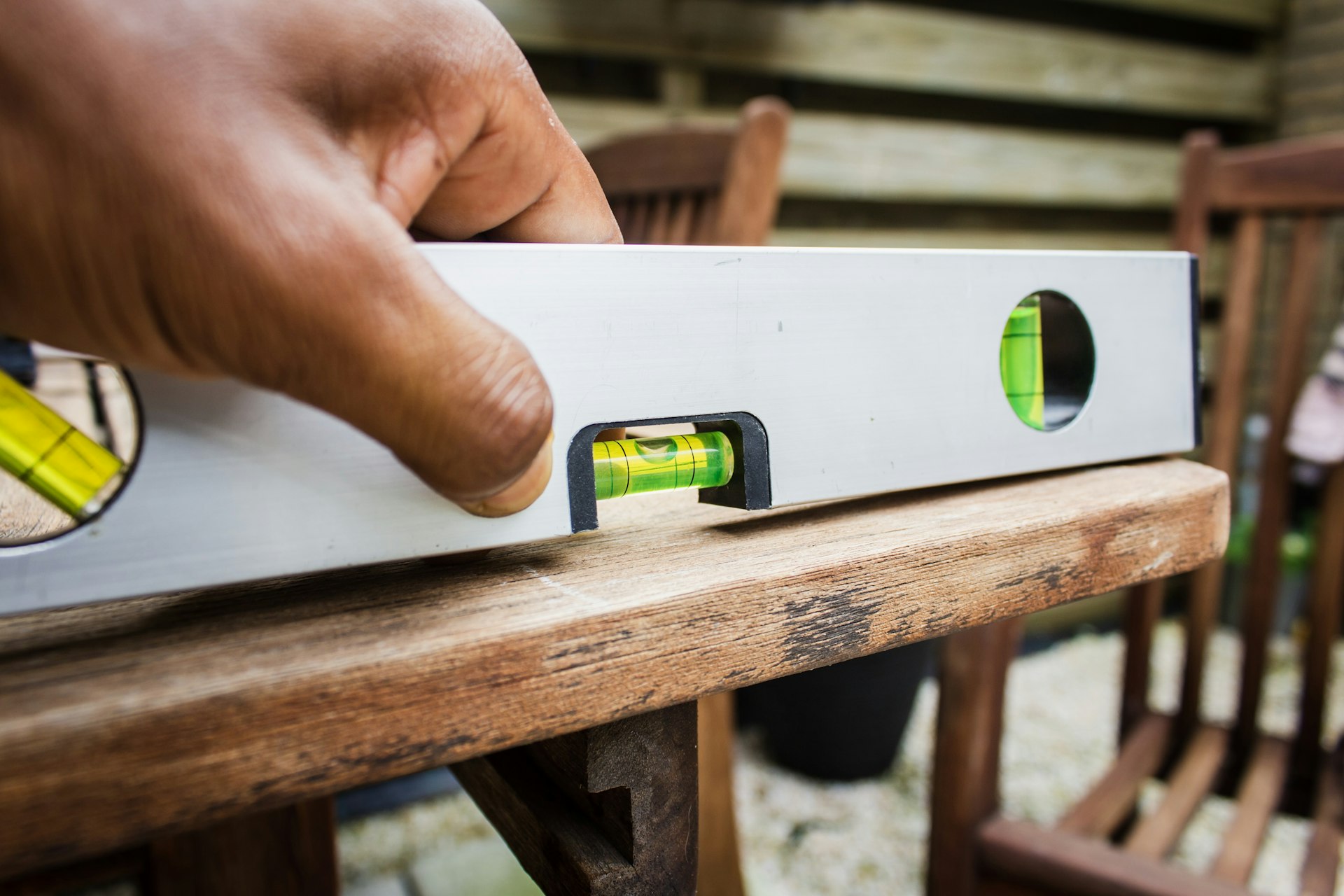Optimizing Drug Discovery Pipelines with AI: Accelerating Innovation in 2025

Photo by Elsa Olofsson on Unsplash
Introduction to AI-Driven Drug Discovery Pipeline Optimization
The landscape of drug discovery is undergoing a seismic transformation with the emergence of artificial intelligence (AI). In 2025, the convergence of machine learning, deep learning, and quantum computing marks a pivotal moment for pharmaceutical research and development (R&D) [1] . These technologies are not just making drug discovery faster-they are fundamentally redefining how new therapeutics are identified, optimized, and brought to market.
How AI Optimizes Drug Discovery Pipelines
Traditional drug discovery is notoriously slow, expensive, and uncertain. It often takes over a decade and more than $2 billion to develop a single new drug, with failure rates around 90% due to efficacy or safety issues [2] . AI-driven systems dramatically accelerate this process by:
- Rapidly identifying potential drug candidates through advanced data analytics and predictive modeling.
- Automating virtual screening to evaluate millions of compounds in hours rather than years [3] .
- Optimizing molecular structures for safety, efficacy, and manufacturability using deep learning and generative algorithms [5] .
- Predicting toxicity, bioavailability, and pharmacokinetics before entering the lab, reducing costly trial-and-error.
AI platforms can achieve greater than 75% hit validation in virtual screening, design protein binders with sub-angstrom precision, and optimize nanoparticles with over 85% functionalization efficiency [5] .
Key Stages of AI-Driven Drug Discovery Optimization
1. Target Identification and Validation
AI algorithms process massive datasets-including genomics, proteomics, and clinical records-to discover novel biological targets. Machine learning models help validate these targets by predicting their relevance and druggability, thus focusing resources on the most promising avenues [2] .
2. Virtual Screening and Hit Generation
Traditionally, chemists would manually screen thousands of compounds. AI-driven platforms now evaluate millions of virtual compounds rapidly, selecting a handful of optimized candidates for synthesis and testing. This shift reduces both time and cost, making it possible to generate 100+ high-quality candidates in a single year [3] .
3. Lead Optimization with Generative AI
Generative models such as GANs and diffusion models design new molecules with tailored properties. They iteratively suggest modifications, optimizing for potency, selectivity, and manufacturability. In peptide-based therapeutics, AI enables the design of novel ligands with high activity and stability [4] .
4. Preclinical and Clinical Optimization
Predictive analytics assess toxicity, pharmacokinetics, and efficacy before animal or human trials. AI can also optimize clinical trial design-predicting patient responses, stratifying cohorts, and identifying biomarkers that improve success rates. Recent studies show that AI-developed drugs in phase 1 trials exhibit 80%-90% success rates compared to 40%-65% for traditionally discovered compounds [2] .
Implementation: Steps to Optimize Your Drug Discovery Pipeline with AI
Organizations interested in leveraging AI for pipeline optimization should follow a structured approach. Here is a step-by-step guide:
- Assess Internal Readiness : Evaluate your current data infrastructure, R&D processes, and talent base. Identify gaps in computational resources and AI expertise.
- Integrate High-Quality Data : Curate and standardize datasets including experimental results, clinical data, and literature. High-quality, interoperable data is essential for effective AI modeling.
- Select Strategic AI Tools and Partners : Engage with established technology vendors, academic groups, or AI-focused biotech companies. Consider platforms that have demonstrated success in your therapeutic area.
- Start with Pilot Projects : Choose a high-impact use case (e.g., target identification or lead optimization) for initial AI implementation. Use pilot results to build organizational support and justify further investment.
- Scale and Automate : Once pilots demonstrate value, expand AI integration across the pipeline. Automate repetitive tasks such as compound screening, data analysis, and experiment scheduling for maximum efficiency.
- Continuously Monitor and Refine : Regularly evaluate AI performance, update algorithms, and incorporate new data to ensure your pipeline remains at the cutting edge.
For organizations new to AI in drug discovery, consider consulting with academic medical centers, industry alliances, or major technology firms with proven expertise in pharmaceutical R&D. You can also search for “AI-driven drug discovery consulting” or “pharma AI optimization services” for more options.
Real-World Examples and Case Studies
Several companies and research groups have already demonstrated the transformative impact of AI-driven pipeline optimization:
- Insilico Medicine has released quantum-enhanced drug discovery research, showing the feasibility of hybrid AI and quantum computing approaches [1] .
- Model Medicines uses generative AI for rapid hit discovery and lead optimization, resulting in significantly reduced timelines.
- Lifebit reports that AI-first companies can screen and optimize over 100 compounds in a year, a process that previously took five years [3] .
- Gubra utilizes machine learning to design peptide drugs, accelerating the discovery of novel therapeutics [4] .
Challenges and Solutions
Despite significant promise, several challenges must be addressed for effective AI-driven pipeline optimization:
- Data Quality and Integration : AI models require high-quality, standardized data. Organizations often need to invest in cleaning and curating legacy datasets before realizing benefits.
- Talent and Expertise : There is a global shortage of AI specialists with domain knowledge in drug discovery. Upskilling existing staff or partnering with external experts can help mitigate this gap.
- Regulatory Considerations : Regulatory bodies are still adapting to AI-enabled drug development. Engaging with regulators early and maintaining transparent records is crucial.
- Validation and Trust : Clinical validation of AI-generated candidates is essential. Integrate AI as a decision-support tool rather than a replacement for human expertise.
To overcome these barriers, organizations are encouraged to participate in industry consortiums or collaborate with academic institutions at the forefront of AI in life sciences.
Alternative and Complementary Approaches
While AI offers transformative potential, complementary strategies such as high-throughput experimentation, closed-loop validation, and quantum computing are also advancing drug discovery. Hybrid approaches that combine AI, robotics, and quantum algorithms may further accelerate breakthroughs [1] . It is recommended to stay informed on emerging technologies and adapt your pipeline accordingly.
How to Access AI-Driven Pipeline Optimization Services
To implement or access AI-driven drug discovery pipeline optimization:
- Contact established biotech companies or AI vendors specializing in pharmaceutical R&D. Major firms often have dedicated business development or partnership teams.
- Attend relevant conferences and workshops (e.g., The New York Academy of Sciences events) to connect with thought leaders and solution providers [2] .
- Search for “AI drug discovery platforms” using industry sources and review their case studies and published results.
- Engage with academic medical centers or research alliances with expertise in AI and drug development.
You can also explore government or nonprofit resources for guidance on best practices and regulatory considerations. When evaluating providers or partners, request detailed case studies, published research, and references to verify expertise and outcomes.

Photo by Matheo JBT on Unsplash
Key Takeaways
AI-driven drug discovery pipeline optimization is poised to transform the pharmaceutical industry by accelerating R&D, reducing costs, and increasing the probability of success. With actionable steps, organizations can begin to integrate AI into their pipelines, leveraging advances in data science, automation, and hybrid computational platforms for a new era of therapeutic innovation.
References
- [1] Model Medicines (2025). The Future of Drug Discovery: 2025 as the Inflection Year for Hybrid AI and Quantum Computing.
- [2] ACCC (2024). Harnessing Artificial Intelligence in Drug Discovery and Development.
- [3] Lifebit (2025). AI Driven Drug Discovery: 5 Powerful Breakthroughs in 2025.
- [4] Gubra (2025). AI in drug discovery: Key trends shaping therapeutics in 2025.
- [5] PubMed (2025). Applications of Artificial Intelligence in Biotech Drug Discovery and Development.
MORE FROM snapflicks.net













